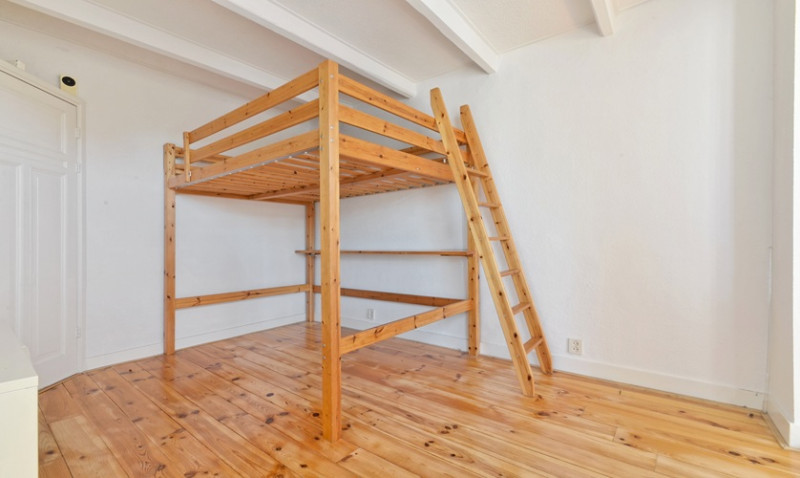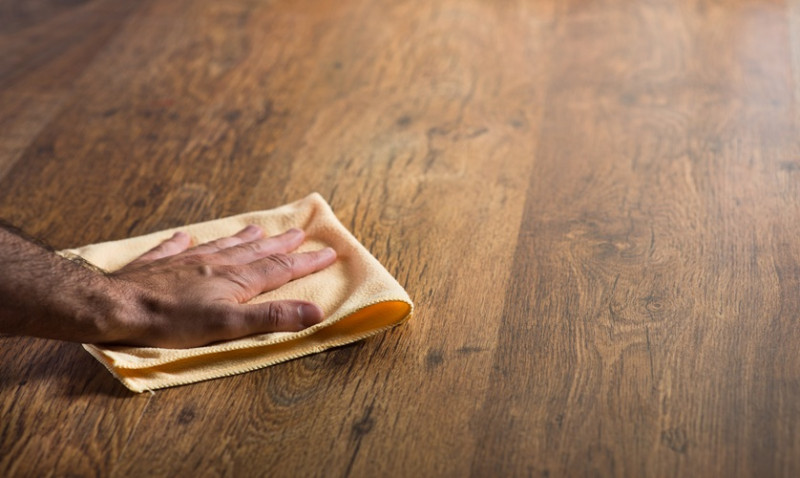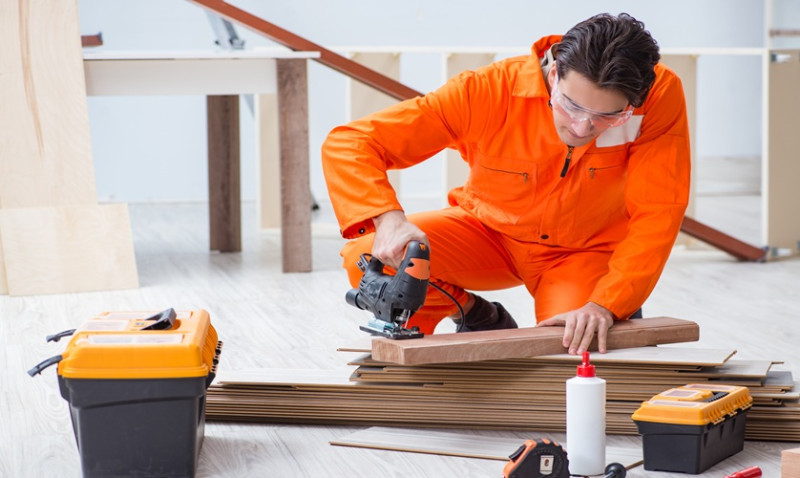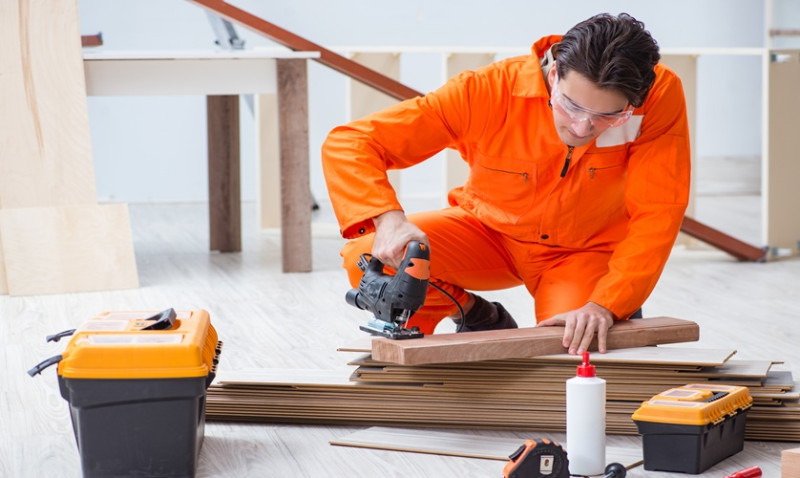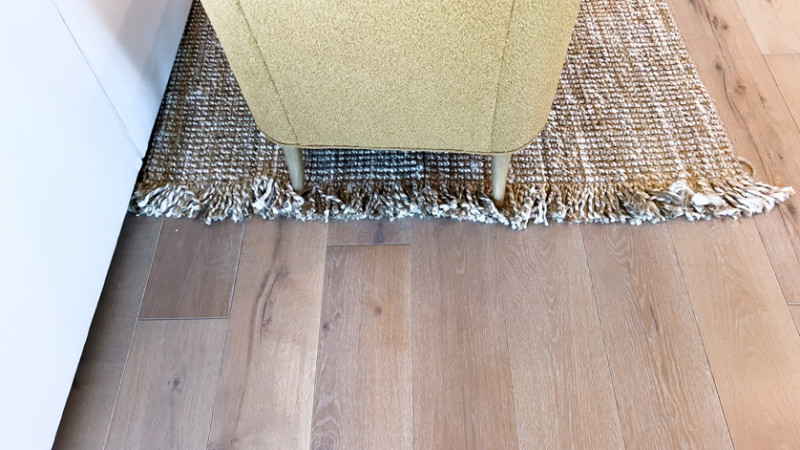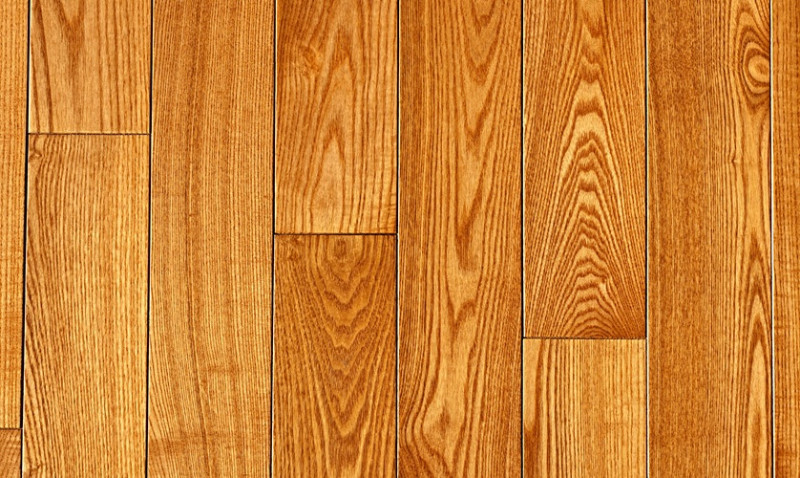
Scratches on hardwood floors can be a frustrating eyesore, especially if you've invested time and money into making your home look its best. For homeowners and professionals alike — from DIY enthusiasts giving their living space a makeover to architects and interior designers preserving high-spec finishes — maintaining the beauty of hardwood is essential.
Luckily, not all scratches mean an expensive call-out or complete refinishing. Many marks, especially those on the surface, can be tackled with a few simple tools and tricks. In this post, we’ll explore the best methods to remove or reduce the appearance of scratches on hardwood floors, keeping in mind common types of wood used in UK homes and professional environments.
Understanding Types of Hardwood Floor Scratches
Before diving into the solutions, it’s important to identify the type and depth of the scratch. Knowing this will help determine which approach is most effective and least invasive for your specific flooring type.
- Surface Scratches: These are shallow marks that only affect the top finish of the flooring. They're the easiest to fix and are quite common in high-traffic areas.
- Minor Scratches: These go a bit deeper, possibly scratching the wood beneath the finish. They may require more effort but are usually still manageable without professional help.
- Deep Scratches: These penetrate below the finish and into the hardwood itself. Fixing these may involve refinishing or even replacing boards.
Identifying how deep the scratch goes will help you choose the right treatment method — preventing unnecessary damage and ensuring a professional result even if you’re tackling it on your own.
Step-by-Step: Fixing Surface Scratches
Surface scratches usually only affect the protective layer of the floor — often polyurethane or oil-based lacquer used in British homes. Here's how to refresh that layer:
- Clean the Area: Use a soft cloth and a hardwood-friendly cleaner to remove any dust or debris. Avoid using water directly as it may cause warping.
- Apply a Scratch Concealer: Use a product like a hardwood floor repair marker or scratch pen — these are widely available at DIY retailers like B&Q or Wickes. Choose a colour that closely matches your floor.
- Buff the Area: Lightly buff with a microfiber cloth in the direction of the wood grain. This helps blend the repair.
- Seal It (Optional): For added protection, apply a small amount of polyurethane and let it dry. This is especially useful in frequently used areas.
This method is ideal for superficial marks that haven’t compromised the wood itself. The key is to act fast before further foot traffic causes more wear.
Fixing Minor Scratches with Wood Fillers
When the scratch gets through the topcoat but doesn’t create a groove, wood filler is the best approach. These come in various shades to match your floor and can be found easily at most trade supply stores throughout the UK.
Follow these steps:
- Choose the Right Colour: Select a filler that matches your hardwood flooring. If in doubt, test on a hidden area or mix two tints.
- Clean and Dry: Remove dust from the area and ensure it's completely dry to allow the filler to adhere correctly.
- Apply the Filler: Use a plastic putty knife to press the filler gently into the scratch. Smooth it out so it’s flush with the floor surface.
- Let It Set: Drying times vary by product – most in the UK market dry within 30 minutes to an hour.
- Buff and Refinish: Once dry, smooth the area with extra-fine sandpaper, then apply a topcoat if necessary.
This method provides a longer-lasting repair and is ideal for rental properties or high-use rooms like lounges and kitchens where damage is more likely to reoccur.
Dealing with Deep Hardwood Scratches
For scratches that go beyond the stain and into the bare wood, you’ll need a more intensive fix. Often, this happens from dragging heavy furniture, frequent pet activity, or dropped tools on-site for home renovations or construction.
If you’re confident in your DIY skills, you can attempt a deeper repair with the following steps. Otherwise, consulting a trade specialist may be worthwhile, especially for engineered or parquet floors commonly found in UK homes:
- Sand the Scratch: Use fine-grade sandpaper to sand along the grain, feathering out the damaged area. Don’t over-sand or you risk creating a dip.
- Clean Thoroughly: Vacuum up dust and wipe with a damp cloth. Let the area dry completely.
- Fill and Stain: Use a wood putty or filler, let dry, then apply stain to match your floor using a fine brush or cloth.
- Finish: Apply a lacquer or hardwood sealant to match the rest of the floor finish. For oiled floors, Danish or natural oils can blend into the existing surface.
Deep scratch repair is definitely more labour-intensive, but it’s often cheaper than replacing full planks, especially when you’re looking to keep original flooring in period properties or bespoke designs intact.
Preventing Future Scratches
Once you've repaired your hardwood floors, it’s important to keep them looking great for years to come. Prevention is always better than cure — especially in high-traffic households or commercial interior projects.
Here are some preventative measures you can take:
| Prevention Tip | Details |
|---|---|
| Use Felt Pads on Furniture | Apply to chair/table legs to prevent dragging damage. |
| Lay Down Rugs or Runners | Especially useful in hallways and entryways. |
| Keep Pets’ Nails Trimmed | Pets can unknowingly damage floors with claws. |
| Implement a “Shoes Off” Policy | Gravel, dirt, and grit from footwear can cause micro-scratches. |
| Regular Cleaning | Use soft brooms or vacuum with wood-safe attachments. |
By combining proper maintenance with smart placement of furnishings and daily care, you’ll be able to keep scratches at bay while showcasing the natural beauty of your wood floors.
When to Call in the Professionals
If the damage is widespread or involves intricate flooring like herringbone or parquet — which are more common in upmarket British properties — it’s worth consulting a flooring restoration expert. Professionals have access to industrial-grade sanders, matching stains, and years of experience that can restore your flooring seamlessly.
Additionally, if your home is part of a heritage conservation area or has Grade II listed status, there may be legal requirements or preferred methods for restoration that a tradesperson would know to follow.
The Final Word
Scratched hardwood doesn’t mean ruined hardwood. With the right approach — and a little patience — even deep marks can be corrected or disguised. These insider tips ensure your flooring remains a highlight rather than a flaw, adding long-term value whether you're touching up a show home or enhancing your personal space.
Armed with these tried-and-tested techniques, you’ll be able to restore and preserve the timeless appeal of hardwood floors, making them as durable and elegant as the day they were first installed.
